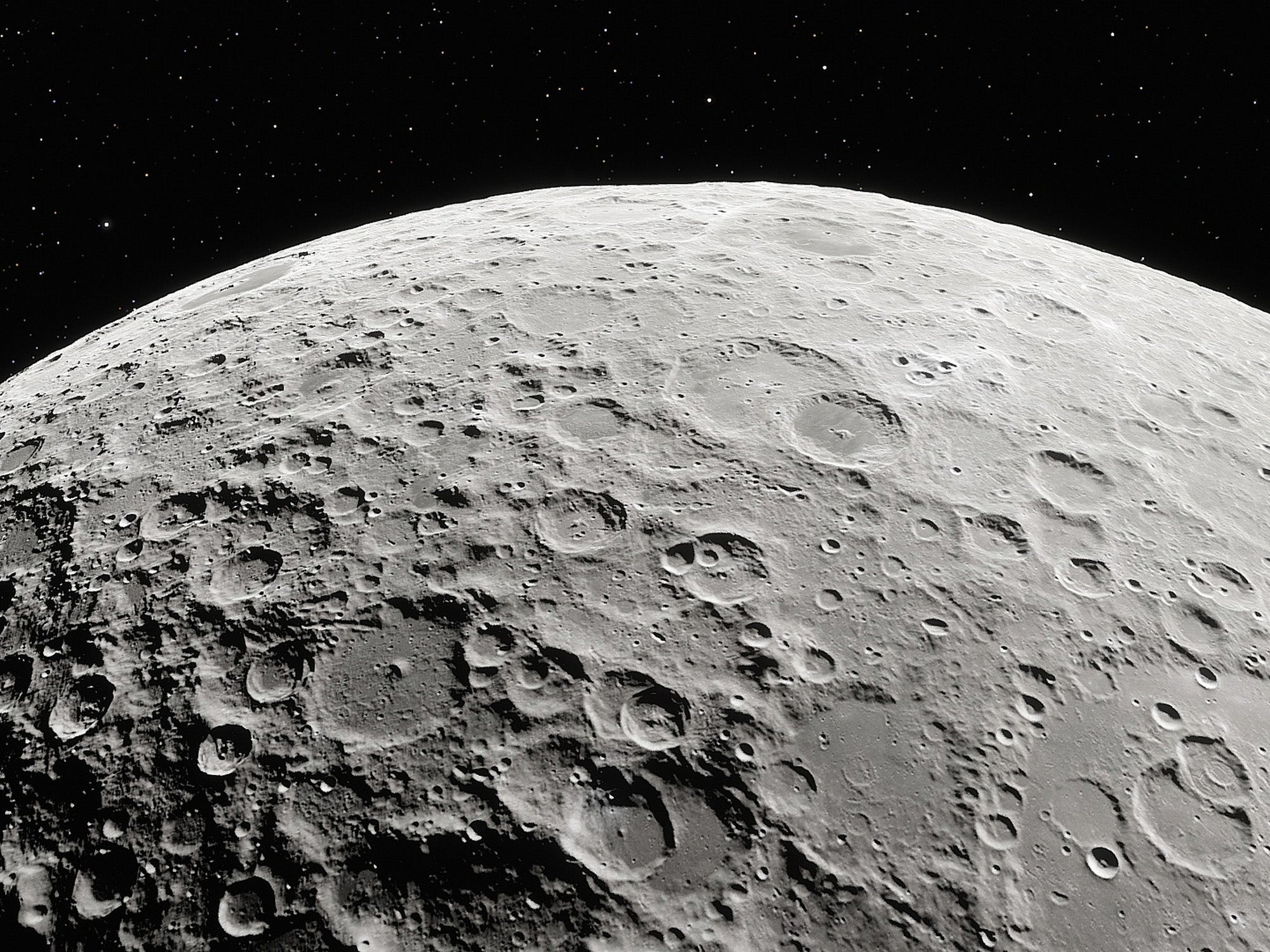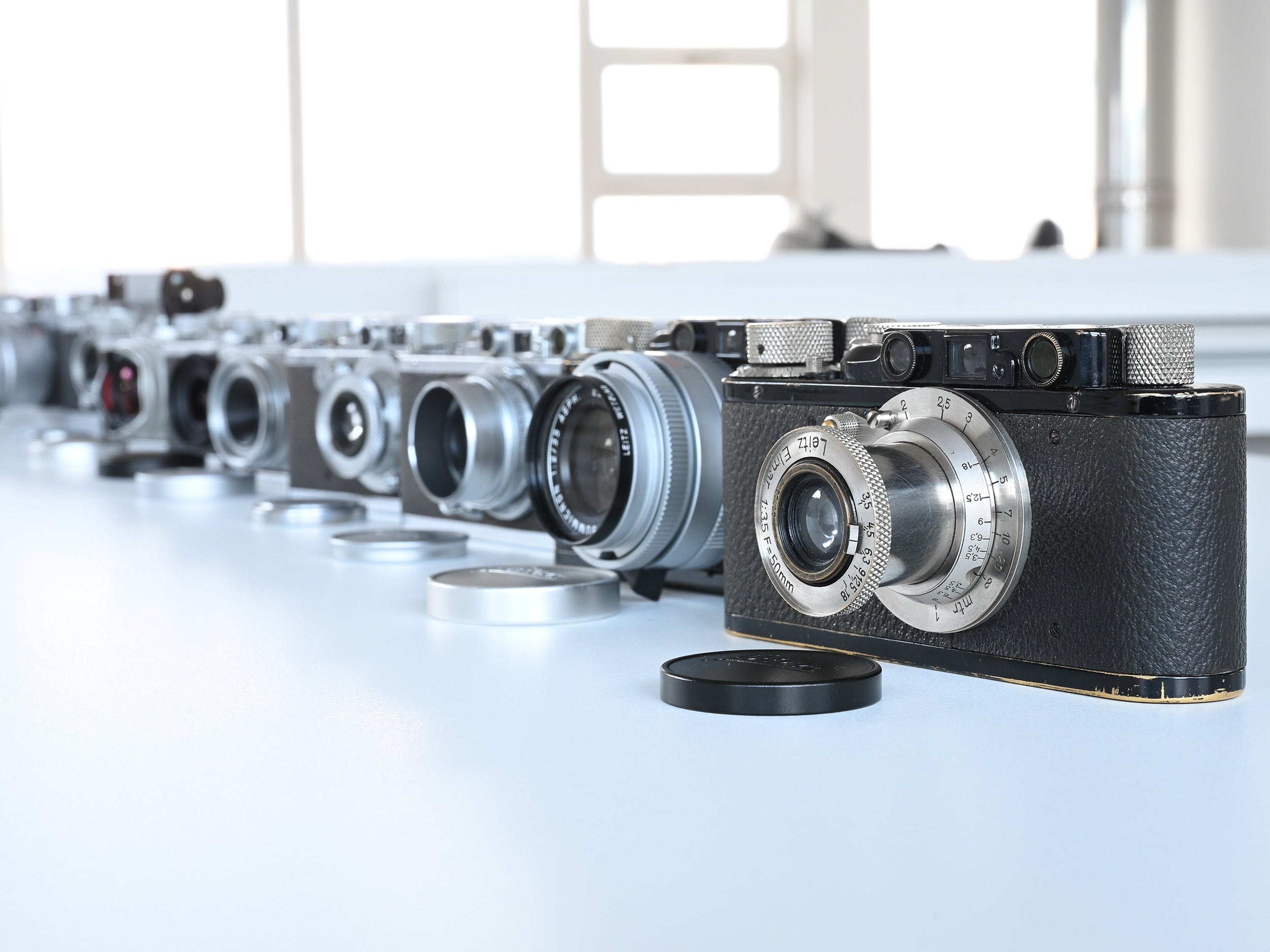
Leica and nature: Your guide to stunning outdoor photography
Nature offers countless fascinating motifs. These include expansive landscapes and delicate details that you often only notice on closer inspection. The challenge for photographers is to capture this beauty as authentically as possible. Leica has always been known for being a strong partner for nature photography. With a Leica camera at your side, you can capture landscapes and details with precision and clarity. Here we give you a comprehensive guide on how to improve your outdoor photography with a Leica.
Step 1: Choosing the right camera for outdoor photography
One of the most important decisions for any photographer is the choice of camera. Leica models are particularly suitable for outdoor photography due to their excellent image quality and robust construction. Whether you prefer digital or analog equipment, Leica offers a wide range of cameras for nature photography. Leica models such as the SL3, D-Lux 8 and S3 prove to be ideal companions for nature photographers. These cameras are characterized by their ability to deliver razor-sharp images of consistently high quality. The SL3 and S3 score with their impressive resolution and excellent color reproduction. This enables them to perfectly capture even the finest details and nuances in nature. For photographers who are often out and about in difficult terrain, the compact D-Lux 8 is an excellent choice. It weighs little and is very handy, making it ideal for traveling light.
Step 2: Preparation for nature photography
Before you set off into nature with your camera, make a few preparations. Check the weather! Because: The prevailing weather conditions have a significant influence on the lighting conditions. The weather conditions also determine what equipment you should take with you. A weatherproof bag, for example, is a must in rain, fog or snow. It protects your valuable equipment from moisture and dust. You should also always pack enough memory cards and batteries. We mention this because these accessories are often forgotten. In the great outdoors, however, you have no chance of recharging your batteries. It would be particularly annoying if your memory card is full when you have just had the chance to take a unique photo. A good tripod is also part of the basic equipment for nature photographers. It provides the necessary stability, especially for macro shots or long exposures. Essential equipment for nature photography is therefore:
- Leica camera (such as Leica S3, SL3 or D-Lux 8)
- Suitable lenses
- Tripod for stable shots
- Spare batteries and memory cards
- Weatherproof camera bag
- Polarizing filter to reduce reflections
Step 3: Making the most of the lighting conditions
As always in photography, light plays a decisive role in outdoor photography. During the so-called "golden hour", the light is beautifully soft and warm. This hour is shortly after sunrise or just before sunset. The light makes nature appear in a magical glow at this time. Leica cameras allow you to make the most of the golden hour. They are known for their excellent reproduction of colors and contrasts in different lighting conditions. Away from the "golden hour", you can also capture beautiful landscape shots in the morning or late afternoon. At midday, however, the light is colder and harsher. Especially in summer, this time is not ideal for landscape photography. A polarizing filter is also recommended. It minimizes reflections and makes the sky appear deeper and richer.
Discover the ideal equipment for your nature photography in the Oberwerth Shop. Our handmade, weatherproof camera bags and elegant half cases offer the perfect protection for your Leica camera and accessories - whether in the mountains, on the beach or in the forest. With a robust design and high-quality materials, our bags are not only functional but also stylish. Take a look around and find the right case to accompany your Leica safely on all your outdoor adventures!
4. capture nature with wide angle and macro
A wide-angle lens is often the best choice for nature pictures - especially if you want to capture landscapes. A wide-angle lens allows you to capture large scenes in their entirety and give the viewer a feeling of vastness. A recommended lens would be the Super-Vario-Elmar-SL 1:3.5-4.5/16-35 ASPH, with which you can take detailed and sharp pictures of fantastic views.
But nature photography is of course not just about expansive landscapes. The small details - a single leaf or a drop of water on a stone - are also fascinating motifs. This is where macro photography comes into play. With a special macro lens, you can make the finest structures visible. Leica also offers the right equipment for this. The Macro-Elmar-M 1:4/90 mm in combination with the Leica Macro-Adapter-M is suitable for macro photography up to a scale of 1:2. It therefore provides the perfect basis for high-resolution macro photos.
5. observe and photograph wild animals: Tips for perfect shots with Leica
Are you out and about in nature with your camera and want to photograph wild animals? In addition to an excellent telephoto lens such as the Leica Vario-Elmar-SL 1:5-6.3/100-400, wildlife photography also requires some skills from you as a photographer. It depends on a lot of patience and the right timing. Fortunately, Leica cameras have fast shutter speeds and silent shutter releases. This is an advantage if you want to capture shy wildlife on camera. A high-quality telephoto lens ensures that you can also capture animals at a greater distance in full focus.
6. post-processing for perfection: optimally refine Leica images
Leica cameras already achieve outstanding results without post-processing. Nevertheless, post-processing is an important step in many cases. This allows you to get the full potential out of your images. We recommend shooting in RAW format for outdoor photography, as this gives you maximum flexibility in post-processing.
You can use programs such as Adobe Lightroom or Capture One to adjust brightness, contrast and colors. The aim here is not to distort nature. Your aim is to edit the image so that it comes as close as possible to what you experienced on location. Leica cameras provide an excellent basis for this, as they create detailed and realistic RAW files.
Conclusion
The combination of Leica cameras and outdoor photography offers you a wealth of creative possibilities. Whether you want to capture expansive landscapes or small details is completely irrelevant. Nature is an inexhaustible source of inspiration. With the right preparations, you can create impressive nature shots. The right equipment will help you just as much as your trained eye for light and composition. Nature photography doesn't just produce great photos. You will also develop a deeper understanding of the world around you. Take advantage of the possibilities offered by Leica and turn nature into your studio.

